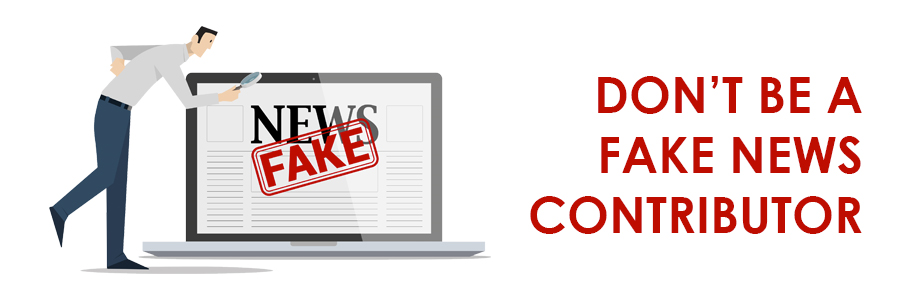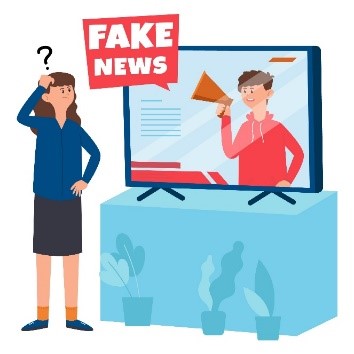
Remember those days when you relied on newspapers, magazines, and the radio to give you news updates? Things were so much simpler. Now you have information overload thanks to the internet. Your newsfeed is constantly being updated with local, national, and international news. Some information you completely miss because updates happen so fast. Every now and again, though, there is that one headline that makes you stop scrolling and click to read more.
As you read you, your mouth opens wider and wider in shock or anger. By the end of the story, you click share to let your contacts know about the audacity of the article’s contents. You feel riled up and want to take immediate action. One of your friends gets back to you and reports that the story is actually fake news. It’s happened a few years back in another country.
Don’t worry, it has happened to all of us. Remember that storm that hit Cape Town in 2018? People were sharing images of palm trees blowing, only to discover it was from a storm that took place in Thailand.
Nowadays, it is difficult to tell which stories are fake and which are actually real. Fake news websites are constantly being created to spread stories that anger you or cause fear – such as with COVID-19. There have been some interesting takes on COVID-19, such as conspiracies that it was planned, that it’s caused by 5G, and even claims that it was created as a bioweapon.
Social media feeds are jam-packed with so-called news stories or personal accounts of people who have suffered and now need your help. We know that there are many people who actually need help, but because fraudsters pose as needy individuals, people become sceptical of these stories and often ignore requests for help instead of lending a hand.
As with phishing attacks, the spread of fake news is designed to play on your emotions. The more you click on fake news, the deeper into the web you go. By the end of it, you could have given away your personal information, or even suffered financial loss, because you wanted to support a worthy cause.
In a survey conducted in the USA, just under 50% of American adult participants didn’t know they were sharing fake news until it is too late. Interestingly, though, 10% of the adults who participated knew the information they were spreading was fake. Imagine that.
Another poll conducted by Reuters Institute in January 2020 found that of the 80 000 participants from forty countries around the world, 4 out of 10 do not trust news reports. Over 50% were concerned about whether online news is fake or real. More than 70% of South African respondents raised concerns about identifying fake news.
By March 2020, South Africans increased their online browsing time by 72%. News websites saw over 40% in unique browser visits and a vast increase in audience numbers.
It can get a bit much and often hard to determine if the WhatsApp message you just received in a group chat is actually true or not. Some stories are completely fabricated to get you to take action and forward it. Others are half-truths where information is blown out of proportion so that you can react and take action such as spreading the word
There are rare occasions that news outlets can get something wrong, but they usually set the record straight very quickly. However, despite this, once a post is shared, it continues to get forwarded, spreading fake information wherever it ends up.
In some instances, social media accounts are hacked, resulting in fake information being spread – even via reputable news sources. This makes it difficult to determine which information is fake and which is real. Fake accounts are even created to push false information using bots.
Stopping the spread of fake news is proving to be a complicated task, but you can make a difference. If you’re keen to go on a fact-finding mission to determine if the information you receive should be read or tossed, try these tools to verify the information, sources used, and the date the event supposedly happened.
Alternatively, follow our list of recommended tips:

- Check where the article originates from. Are many news sources reporting the story or just one?
- Don’t read just the headline. Read the whole article.
- Evaluate the facts such as date, time, place, and when it was published.
- Are you being open-minded, or is this article simply feeding your pre-existing belief?
- Is it an April fool’s joke?
- Check out the author. Is he/she new or well-published?
- View the list of sources used. Check whether the so-called 'experts’ quoted are legitimate.
Fact-checking sites
Snopes: snopes.com/
PolitiFact: politifact.com
Fact Check: factcheck.org/
BBC Reality Check: bbc.com/news/reality-check
Channel 4 Fact Check: channel4.com/news/factcheck
Reverse image search from Google: google.com/reverse-image-search
